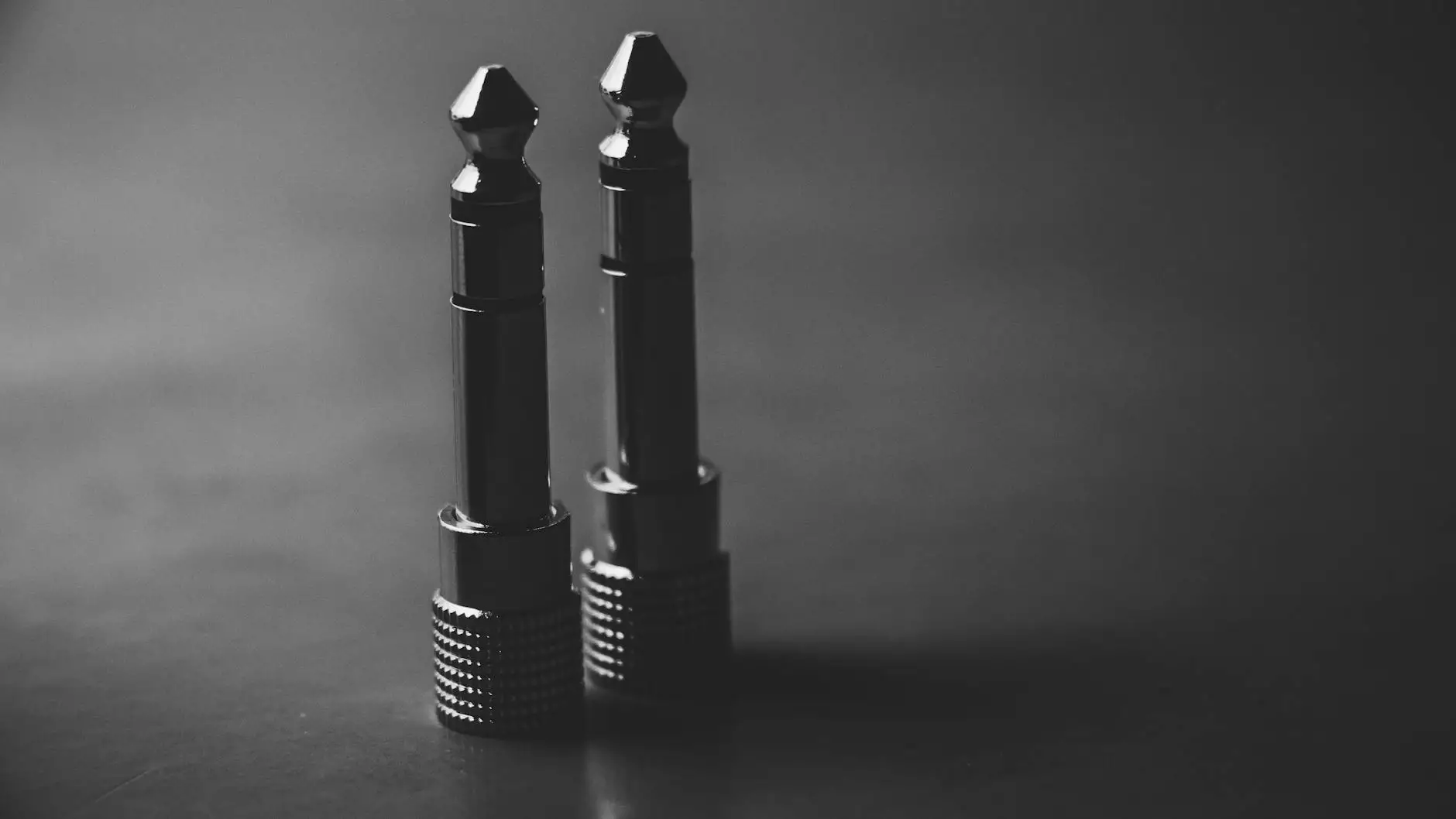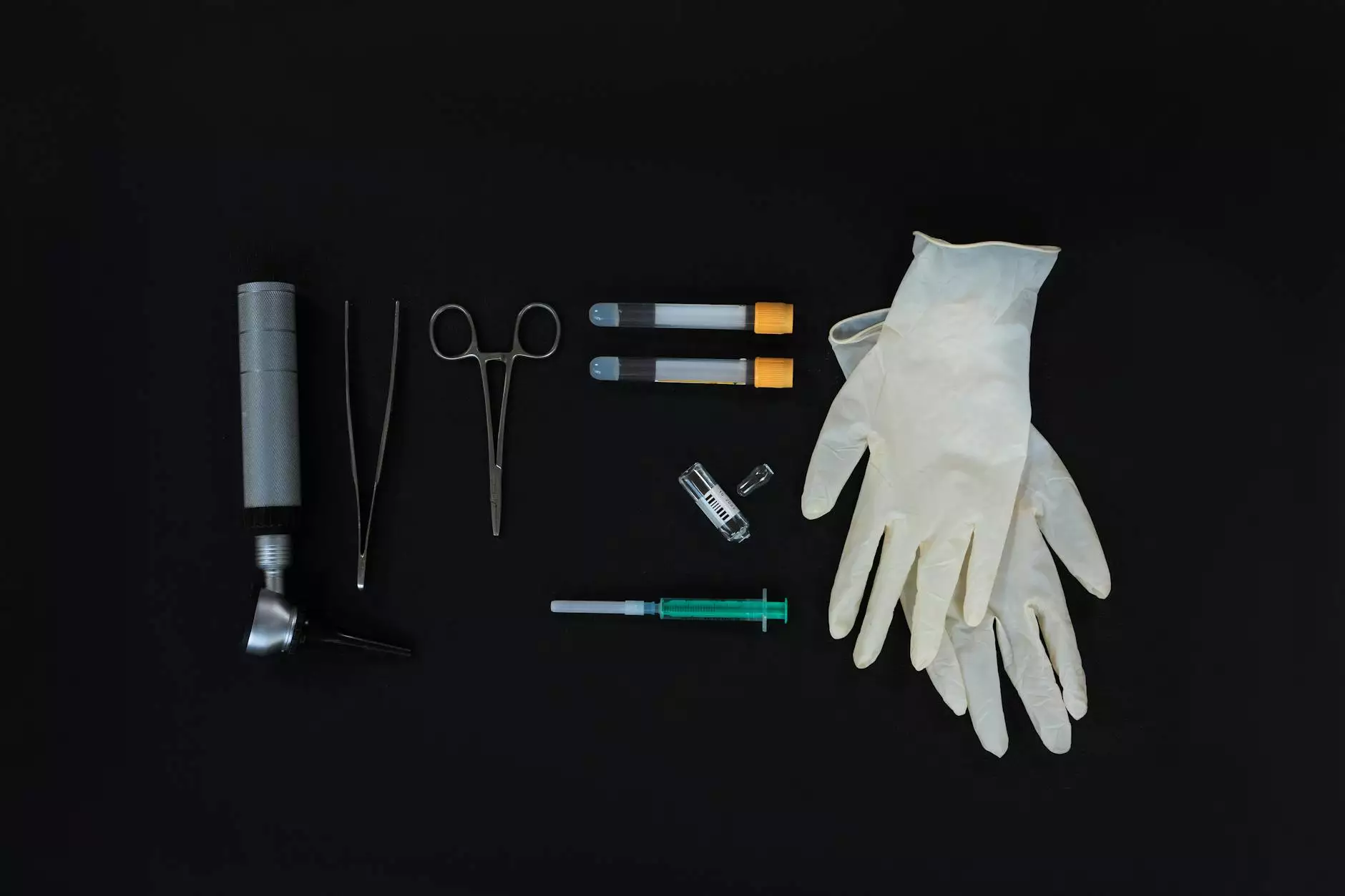Understanding the Importance of CT Scans for Lung Cancer Detection

Lung cancer remains one of the most pervasive and deadly forms of cancer worldwide. Its late-stage diagnosis often complicates treatment options, making early detection crucial. Among the various diagnostic tools available, CT scans for lung cancer have emerged as an essential method that significantly enhances the accuracy and early detection of this disease.
What is a CT Scan?
A Computed Tomography (CT) scan is an advanced imaging technique that provides detailed cross-sectional images of the body. Unlike regular X-rays, CT scans utilize sophisticated algorithms and computer processing to create comprehensive views, allowing medical professionals to observe the internal structures of the lungs in great detail.
The Role of CT Scans in Lung Cancer Detection
CT scans are pivotal in lung cancer detection for several reasons:
- High Sensitivity: CT scans are highly sensitive, making them better at detecting smaller tumors compared to standard chest X-rays.
- Detailed Imaging: They provide high-resolution images that reveal abnormalities in lung tissue, which may indicate cancer.
- Early Detection: Early identification of suspicious nodules can lead to timely intervention, significantly improving treatment outcomes.
- Staging and Monitoring: CT scans help determine the stage of lung cancer and monitor the effectiveness of ongoing treatments.
When is a CT Scan Recommended?
Medical professionals typically recommend a CT scan for lung cancer under various circumstances:
- If a patient exhibits symptoms such as chronic cough, chest pain, or unexplained weight loss.
- As part of routine screening for high-risk groups, including smokers or individuals with a family history of lung cancer.
- To evaluate the lungs if other imaging tests indicate potential problems.
- To guide biopsies if a suspicious mass is present in the lungs.
How Do CT Scans Work?
The process of undergoing a CT scan is straightforward yet highly technical:
- Preparation: Patients may be asked to change into a hospital gown and remove any metal objects such as jewelry that could interfere with imaging.
- Contrast Material: In some cases, a contrast dye is administered via injection or orally to enhance image quality.
- Scanning Process: Patients lie on a motorized table that slides into the CT scanner. The machine rotates around the patient, capturing multiple images from different angles.
- Image Analysis: After the scan, a radiologist analyzes the images to identify any abnormalities or signs of cancer.
Benefits of CT Scans Over Other Imaging Modalities
CT scans offer unique advantages in lung cancer detection:
- Speed: CT scans are relatively quick, often taking just a few minutes.
- Non-invasive: The procedure is non-invasive, meaning patients can return to their normal activities immediately afterward.
- Visualization: Unlike traditional imaging, CT scans provide a three-dimensional view, enabling better assessments of tumor size and location.
Understanding the Risks and Limitations
While CT scans are indispensable, it’s important to be aware of the associated risks and limitations:
- Radiation Exposure: CT scans expose patients to more radiation compared to X-rays, raising concerns about potential long-term effects.
- False Positives: Not all nodules detected on a CT scan are cancerous, which can lead to unnecessary anxiety and further testing.
- Cost: CT scans can be expensive, potentially limiting access for some individuals.
Preparing for Your CT Scan
Preparation is crucial for ensuring the most accurate results from a CT scan. Here are steps patients should follow:
- Inform Your Doctor: Discuss any medical history, allergies, or medications you are taking.
- Follow Dietary Instructions: Patients may be advised to avoid eating or drinking for a few hours before the scan.
- Wear Comfortable Clothing: Opt for loose-fitting clothes, avoiding garments with metal fastenings.
Post-CT Scan: What to Expect
After the CT scan, the following may occur:
- Waiting for Results: Patients typically receive results within a few days. A healthcare provider will explain the findings.
- Follow-Up Appointments: Depending on the results, additional tests or follow-ups may be necessary.
- Managing Anxiety: It’s normal to feel anxious about results, so seeking support from friends, family, or mental health professionals can be beneficial.
The Importance of a Multidisciplinary Approach
Effective lung cancer detection and treatment often require a multidisciplinary approach, involving:
- Radiologists: Specialists who interpret CT scans and other imaging studies.
- Oncologists: Physicians specializing in cancer treatment who will determine the best course of action based on scan results.
- Surgeons: In cases where surgical intervention is necessary, surgical experts will be involved.
- Physiotherapists: Particularly in rehabilitation following treatment, physiotherapists play a pivotal role in recovery.
Conclusion: The Future of CT Scans in Lung Cancer Detection
The realm of medical imaging is evolving rapidly. Advances in CT technology continue to improve the accuracy, speed, and safety of lung cancer detection. As techniques become more refined and accessible, more individuals will benefit from earlier diagnosis and improved outcomes. Staying informed about the importance of CT scans for lung cancer can empower patients and allies to advocate for health effectively.
In navigating health care, it's vital to remain proactive. Scheduling regular screenings with healthcare professionals can be life-saving. Organizations like Hello Physio are dedicated to providing comprehensive care in Health & Medical, Sports Medicine, and Physical Therapy, ensuring access to vital diagnostic tools like CT scans.
Take Action
If you're concerned about lung cancer or related symptoms, don't hesitate to reach out to healthcare professionals and inquire about whether a CT scan is appropriate for your situation. Early detection can make all the difference.









